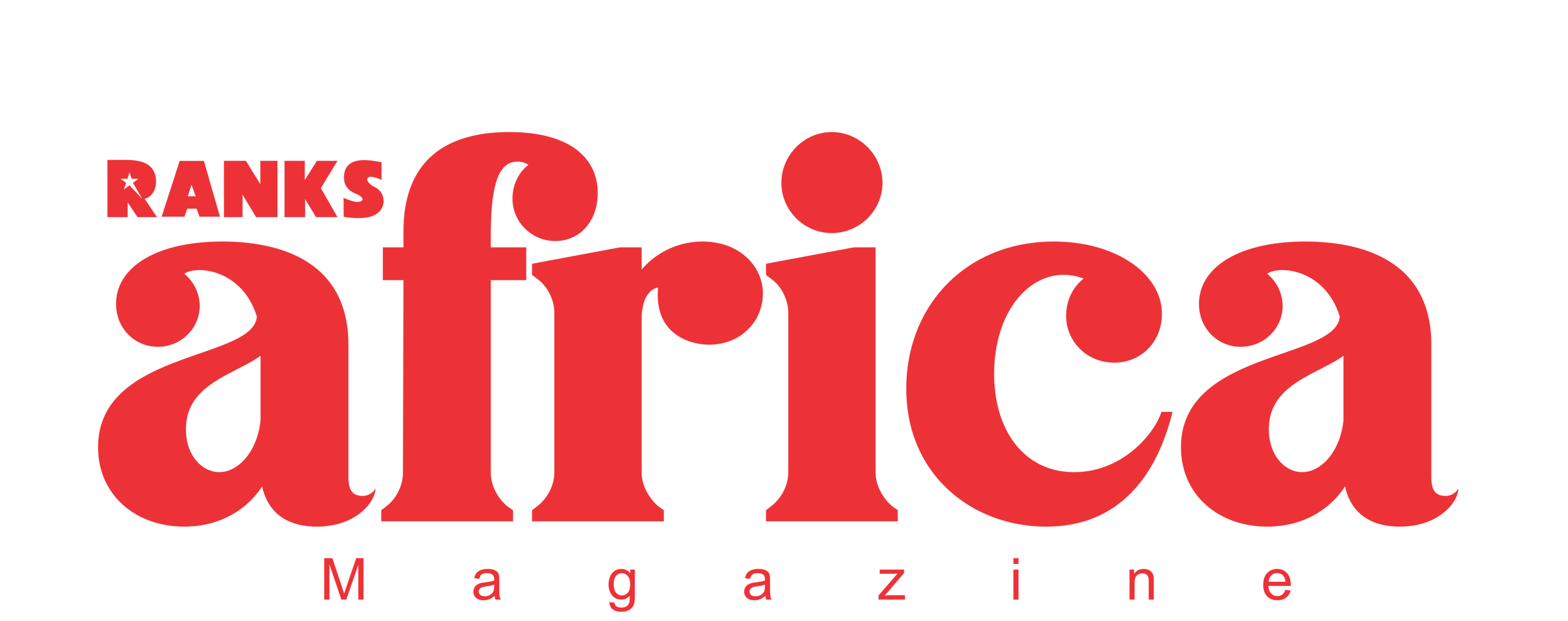The headline inflation in March 2024 hit 33.20% relative to February 2024 which stood at 31.70%. Inflation in the country has been increasing steadily as the figures continue to flirt around high double-digit numbers.
The figures in March put inflation at a 27-year high. The last time the headline inflation was above current figures was in March 1996 when the inflation was 41.90%.
In January of this year, inflation stood at 29.90% and many were confident that we had topped. However, one quarter into the year, the figures are steadily rising with no ceiling in sight. It is not all bad news though, as the food inflation for March 2024 (3.62%) was 0.17% lower than the rate recorded in February 2024 (3.79%).
Recommended reading: Nigeria’s inflation rate jumps to 33.2% in March 2024 – NBS
Food inflation
Following the decline of the Naira we witnessed in the first quarter of the year, we expected food prices to increase as the Nigerian agricultural sector is still heavily reliant on imports. According to data, another factor that affected the inflation in food prices is the inflation in transportation.
According to the NBS March 2024 inflation report, bus journeys within the city led the core inflation which stood at 25.90% a 6.26% increase from rates recorded in February 2024. This inflation in food transportation affects the final market prices of food around the country.
The Food and Non-Alcoholic beverages inflation had the highest contribution to the headline index (17.20%) on a Year on Year basis far surpassing the House, Water, Electricity, Gas, and other Fuel which contributed just 5.56%. On a month on month basis however, Food and Non-Alcoholic beverages contributed 1.56% while communication contributed the least with just 0.02%.
A huge cause for worry is the steady rise in rural inflation as these are the traditional food production hubs in the country. In March 2024, urban inflation rate stood at 35.18% while rural was 31.45%. In February 2024, it was 29.99%. As rural inflation rates pass the 30% mark, we may see a collective surge in prices of unprocessed food as farmers struggle to adapt to the new realities of inflation in their localities. On a month-on-month basis however, rural inflation declined 0.2% as compared to February 2024 (3.07%) and was recorded at 2.87%.
The food inflation in March 2024 was 40.01% on a year-on-year basis due to increase in the prices of Garri, Millet, Akpu Uncooked Fermented (which are under the Bread and Cereals class), Yam Tuber, Water Yam (under Potatoes, Yam, and other Tubers class), Dried Fish Sardine, Mudfish Dried (under Fish class), Palm Oil, Vegetable Oil (under Oil and Fat), Beef Feet, Beef Head, Liver (under Meat class), Coconut, Water Melon (under Fruit Class), Lipton Tea, Bournvita, Milo (under Coffee, Tea and Cocoa Class) which make up the food basket.
Fortunately, we are seeing a decline on a month-on-month basis in the increase in inflation of food. In March 2024 the food inflation rate was 3.62%, a 0.17% decline compared to February 2024.
Declining headline inflation rate
Even though the inflation rate across all categories rose in March 2024, the rate of its rise is slower compared to February 2024. For example, even food inflation slowed down on a month-on-month basis. This shows signs of overall weakening inflation, and the odds favour a slowing inflation rate.
On a month-on-month basis, the headline inflation rate in March 2024 was 3.02%. This number was 0.10% lower than the rate recorded in February 2024 (3.12%). This means that in the month of March 2024, the rate of increase in the average price level is less than the rate of increase in the average price level in February 2024.
Interestingly, we may start to see the ripple effect of the Naira gains in the foreign exchange market as the economy digests the recovery. In March 2024 alone, the Naira appreciated by 14.6% closing the month at N1329/$.
Recommended reading: Nigeria’s inflation rate rises to 31.70% in February 2024
Food inflation bites hard in major food producing states
Kogi and Kwara states with a combined landmass of 66658 km² topped the list of the hardest hit states on a year-on-year basis. Kogi recorded an astronomically high 48.46% increase in food prices and Kwara recorded a 46.18% increase. This is very worrisome as these states are major food producing states in the country.
Kwara with a landmass of 36,825 km² is bigger than the entire Southeast 36,100 km² and offers fertile land for farming. Kwara is the leading food producer in Nigeria. The Kwara State Fish producers’ association claims that the state is the largest producer of catfish in the country. In terms of rice production, the CBN in a 2022 report Kwara State crossed the 100,000 metric tonne mark in 2022.
On a month-on-month basis Abia State leads the pack with a 5.17% decline, closely followed by Cross River, which recorded rates of 5.14%. Interestingly, both states are major producers of Yam, Cocoyam and Oil Palm. Adamawa State has the lowest month-on-month growth rate at just 2.12%.




